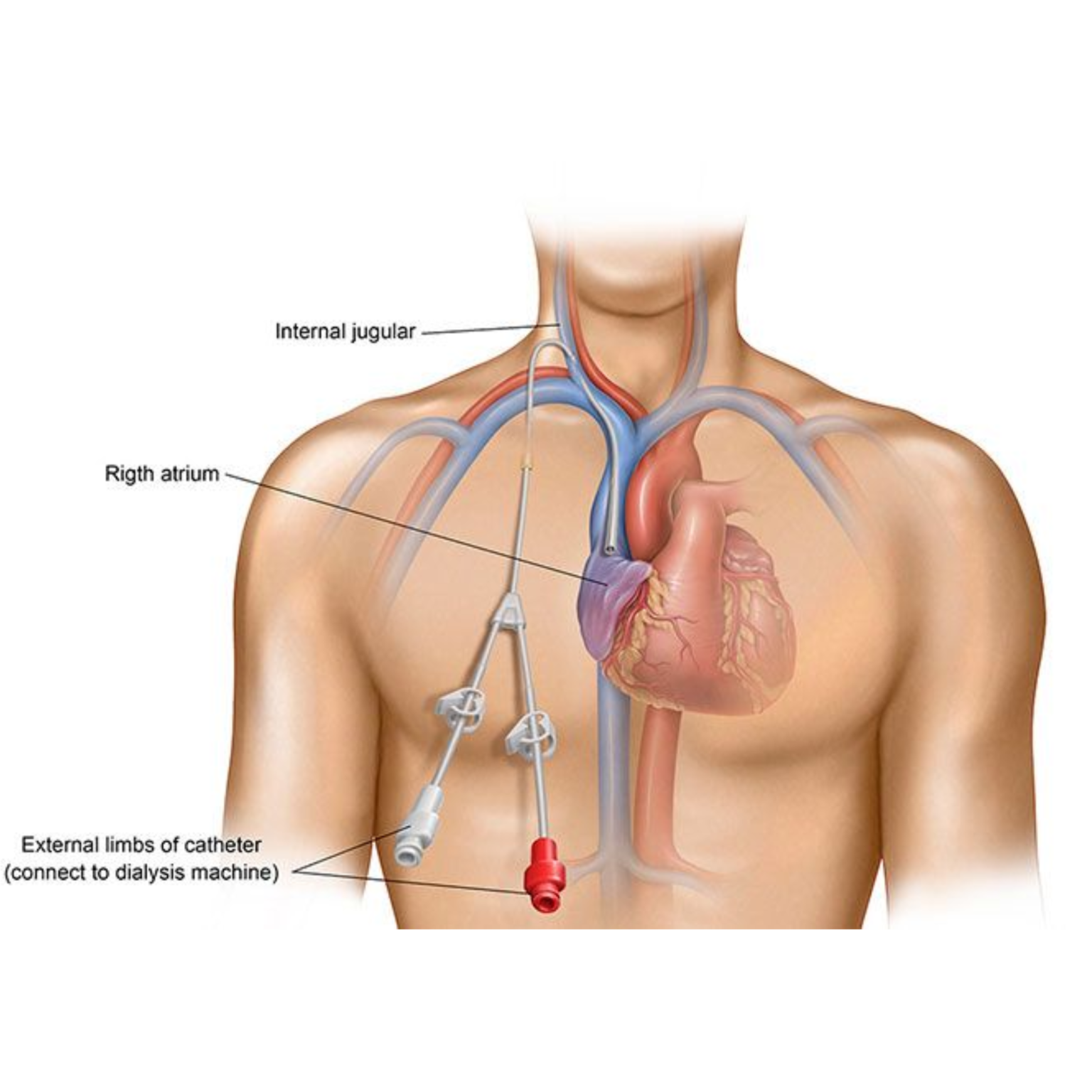

What is Dialysis?
Dialysis is a medical treatment that removes waste products, excess fluid, and toxins from the blood when the kidneys are no longer able to perform these functions naturally. It mimics the filtering process of healthy kidneys and is commonly used for individuals with kidney failure or severe kidney dysfunction.
Causes of Dialysis
- Glomerulonephritis: Inflammation of the kidney’s filtering units (glomeruli), which can damage kidney function.
- Kidney Infections: Severe or recurrent kidney infections can impair kidney function.
- Blockages: Obstructions in the urinary tract, such as kidney stones or tumors, that damage the kidneys.
- Autoimmune Diseases: Conditions like lupus that cause the immune system to attack the kidneys.
- Uncontrolled Diabetes: High blood sugar levels can damage the kidneys over time.
- Uncontrolled High Blood Pressure: Persistent high blood pressure can damage the blood vessels in the kidneys.
FAQs
Dialysis is necessary when a person’s kidneys can no longer perform their essential functions adequately. It helps maintain the balance of fluids and electrolytes in the body and removes waste products, which can otherwise build up and become toxic.
There are two main types of dialysis:
- Hemodialysis: This method uses a machine and a filter called a dialyzer to remove waste and extra fluid from the blood.
- Peritoneal Dialysis: This method uses the lining of the abdomen (peritoneum) and a special solution to remove waste and extra fluid from the body.
The frequency of dialysis sessions depends on the type of dialysis. Hemodialysis is typically done three times a week, with each session lasting about four hours. Peritoneal dialysis is usually done daily and can be performed at home, often while sleeping.
Preparation for dialysis involves creating an access point to your bloodstream or abdominal cavity. For hemodialysis, this is often done through a minor surgical procedure to create a fistula or graft in the arm. For peritoneal dialysis, a catheter is surgically placed in the abdomen.
Common side effects of dialysis can include low blood pressure, muscle cramps, itching, sleep problems, anemia, and infection at the access site. Peritoneal dialysis can also carry the risk of peritonitis, an infection of the abdominal lining.
Some patients may experience discomfort during or after dialysis, such as muscle cramps or low blood pressure. However, many patients tolerate the procedure well, and pain management strategies are available to help alleviate discomfort.
